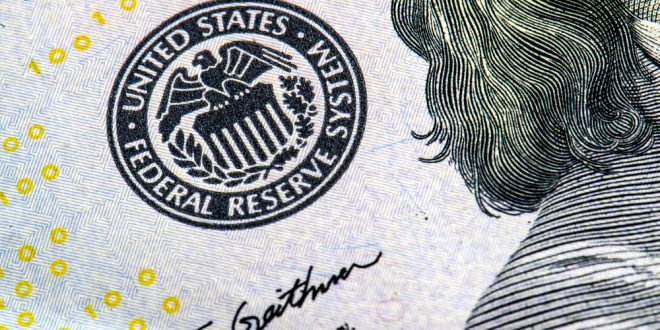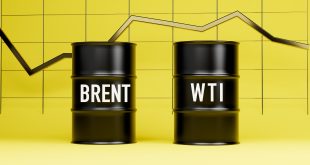Bond yields have been increasing slowly but steadily over the past two weeks from 1.30% for the 10-year bond to 1.50%.
The extremely low together with the relatively stable U. S. government bond yields have confused several market observers for the few previous days. The current situation is also challenging traditional economic norms as well.
The rise in bond yields over the past two weeks was so significant that questions for markets, policy, and the global economy have been raised.
It is common to look upon benchmark U. S. government bond yields as the most important market indicator in the world. They have signaled expectations about growth and inflation in the world’s most powerful economy.
Bond yields have been the basis for pricing in many other markets around the world. Breaking with a long history, these benchmarks tend to be decoupled in recent years from economic developments and prospects.
Over the passage of time, it became clearer that the main driver was the widespread and predictable purchase of government bonds by the world’s most powerful central banks under quantitative easing programs, particularly the U. S. Federal Reserve and the European Central Bank while the power of central banks involved in market pricing should never be underestimated.
The trillions of dollars of bonds bought by the Federal Reserve and the ECB have distorted the usual bilateral markets and have encouraged several investors to buy a wide range of assets beyond what they would normally do on the basis of fundamentals.
With the prospects for global growth due to the Delta variant of Covid-19, the drivers have been a combination of mounting inflationary pressures and multiplying signals that central banks will struggle to sustain the era of infinite QE.
Importantly, this does not mean that central banks, and the Fed could delay what should have already started on reducing what, curiously, is the same level of monthly asset purchases ( USD 120 billion) than at the height of the Covid-19 emergency 18 months ago.

 Noor Trends News, Technical Analysis, Educational Tools and Recommendations
Noor Trends News, Technical Analysis, Educational Tools and Recommendations




